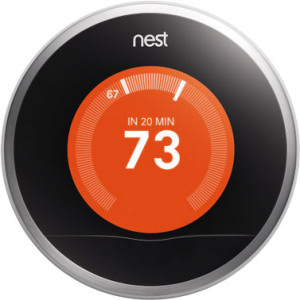Industrial air conditioners are installed today in all enterprises, factories, manufacturing plants, business centers, shopping halls, sports complexes, large area (over 250 sq. M). Industrial air conditioners provide uninterrupted air conditioning, refrigeration and heating. Features industrial air conditioners – a complexity of use, energy efficiency, the cost of equipment. Industrial air conditioners have a resource 20 – 30 years of operation.
Multi zone system allows to condition several rooms and even the whole building. Each room is set the indoor unit and is supported by individual micro climate. Compared with the installation of individual air conditioners multi-zone air-conditioning system can save money, space, installation time. Multi-zone air conditioning units can be controlled centrally or individually. Designed for buildings containing a few (or a few dozen) areas with different requirements to the air.
Multi zone air conditioning system – profitable, convenient, safe
More than thirty years ago (1982) Daikin Company made a revolutionary breakthrough in the field of HVAC equipment by launching multi-zone air-conditioning system – VRV, which means “Variable refrigerant volume.” Since the company has patented, not only the system itself but also the abbreviation of VRV, as a trademark, other companies began to produce such equipment, began to use the name of the VRF «variable refrigerant flow.” However, in both cases we are talking about one and the same principle of operation of multi-zone air-conditioning.
Features multi-zone systems
- Multi-zone air-conditioning system – it is the climate system inverter, which is installed in buildings with a large number of premises, providing a separate temperature control in the individual zones.
- The multi zone system includes one outdoor unit and a lot of internal. The outdoor unit is connected to the internal pipework. Amount of internal blocks, drop their height relative to the outdoor unit, performance, pipe length are defined by the model and brand of the selected multi-zone air conditioning.
- Multi zonal air conditioning systems use a modular design, so their installation are taken into account wishes of the customer in terms of the number of indoor units and their types (duct, cassette, floor, wall, ceiling).
- Multi-zone air-conditioning system can be operated to cool the air in the same room at the same time, warming in the other, producing just enough cold and consuming as much energy as necessary to indoor units. Outdoor unit operating mode changes with the load of indoor units.
- Control each indoor unit is carried out from the local console or centrally from the control center. Temperature parameters given in every room maintained at a constant level with high accuracy.
- The performance of a number of multi-zone systems can serve the high-rise buildings.




